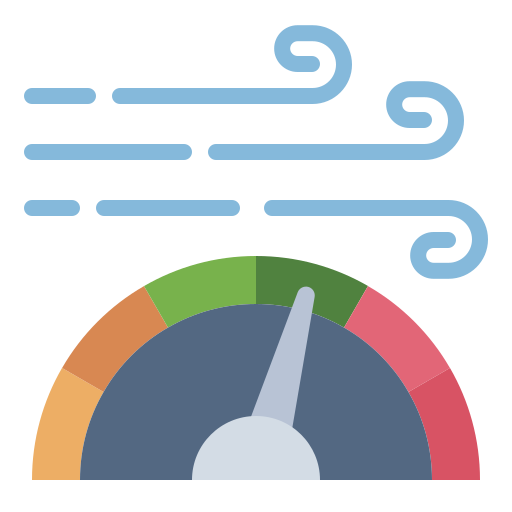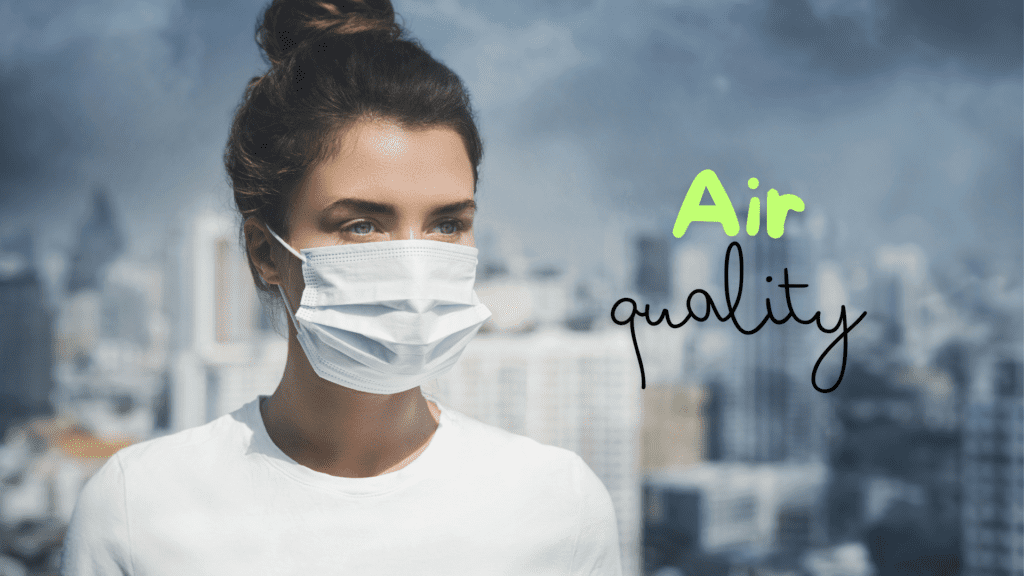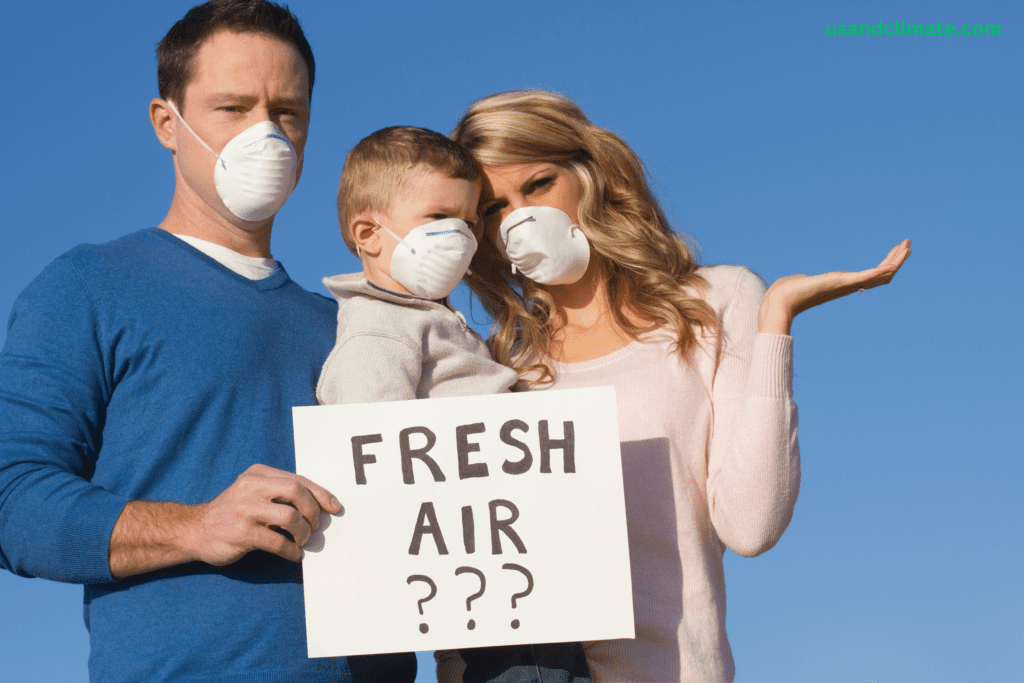Air Quality Index Explained: What You Need to Know
Introduction
The Air Quality Index (AQI) is a crucial tool for understanding the quality of the air we breathe. It provides a clear and concise way to communicate how polluted the air currently is or how polluted it is forecast to become. This article delves into the intricacies of the AQI, focusing on its importance, how it is calculated, and its impact on public health. We will also explore the AQI in specific locations, such as New York, and provide up-to-date information on the air quality index for today.
What is the Air Quality Index (AQI)?
The Air Quality Index (AQI) is a numerical scale used to communicate the quality of the air in a specific area. It ranges from 0 to 500, with higher values indicating worse air quality. The AQI is divided into six categories, each representing a different level of health concern:
- 0-50: Good
- 51-100: Moderate
- 101-150: Unhealthy for Sensitive Groups
- 151-200: Unhealthy
- 201-300: Very Unhealthy
- 301-500: Hazardous

How is the AQI Calculated?
The AQI is calculated based on the concentrations of five major air pollutants regulated by the Clean Air Act:
- Ground-level ozone
- Particulate matter (PM2.5 and PM10)
- Carbon monoxide
- Sulfur dioxide
- Nitrogen dioxide
Each pollutant is measured separately, and the highest value among them determines the overall AQI for a given location. For a detailed explanation of the calculation process, you can refer to the EPA’s AQI Calculator.
Importance of the AQI
Public Health
The AQI is essential for protecting public health. It provides real-time information about air quality, allowing individuals to take necessary precautions. For example, on days when the AQI is high, people with respiratory conditions like asthma or COPD are advised to limit outdoor activities.
Environmental Awareness
The AQI also raises awareness about environmental issues. By understanding the air quality in their area, individuals can advocate for policies and practices that reduce pollution. For more information on how to improve air quality, visit the American Lung Association.
Air Quality Index in New York
Current Trends
New York is one of the most densely populated cities in the United States, making air quality a significant concern. The AQI in New York fluctuates based on various factors, including traffic, industrial activities, and weather conditions. On average, New York experiences moderate to unhealthy air quality levels, particularly during the summer months when ground-level ozone levels are higher.
Historical Data
Historical data shows that New York has made significant improvements in air quality over the past few decades. This progress is attributed to stricter environmental regulations and the adoption of cleaner technologies. For historical AQI data in New York, you can refer to the New York State Department of Environmental Conservation.
Air Quality Index for Today
Real-Time Monitoring
Staying informed about the current air quality is crucial for making daily decisions. Various online platforms provide real-time AQI updates. For today’s air quality index, you can check AirNow, which offers comprehensive and up-to-date information on air quality across the United States.
Mobile Apps
Several mobile apps also provide real-time AQI updates, allowing you to monitor air quality on the go. Some popular apps include:
- AirVisual: Provides real-time AQI data from thousands of locations worldwide.
- Plume Labs: Offers personalized air quality forecasts and health recommendations.
- BreezoMeter: Provides real-time air quality data and pollen levels.

Factors Affecting the AQI
Weather Conditions
Weather conditions play a significant role in determining the AQI. For example, sunny and hot weather can increase ground-level ozone levels, leading to higher AQI values. Conversely, rain can help reduce particulate matter in the air, improving air quality.
Seasonal Variations
Seasonal variations also impact the AQI. During the summer, higher temperatures and increased sunlight can lead to higher ozone levels. In contrast, winter months may see higher levels of particulate matter due to increased use of heating systems and lower atmospheric dispersion.
Human Activities activities such as industrial processes, vehicle emissions, and construction work significantly contribute to air pollution. Reducing these activities can lead to lower AQI values and improved air quality.




